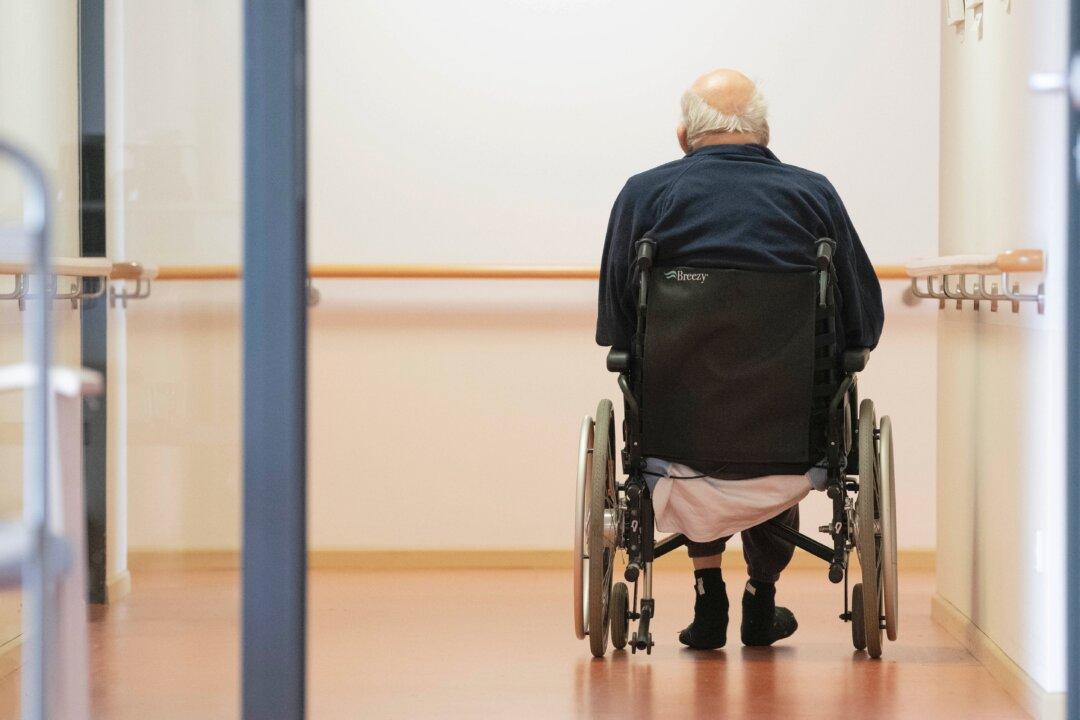Sydney Airport passenger traffic has rebounded closer to pre-pandemic numbers, according to a report released on Monday, pointing to a recovery in Chinese travel.
A total of 3.38 million people passed through the airport this July. That’s an increase of over 80 percent in passenger traffic compared to the pre-pandemic July of 2019.




